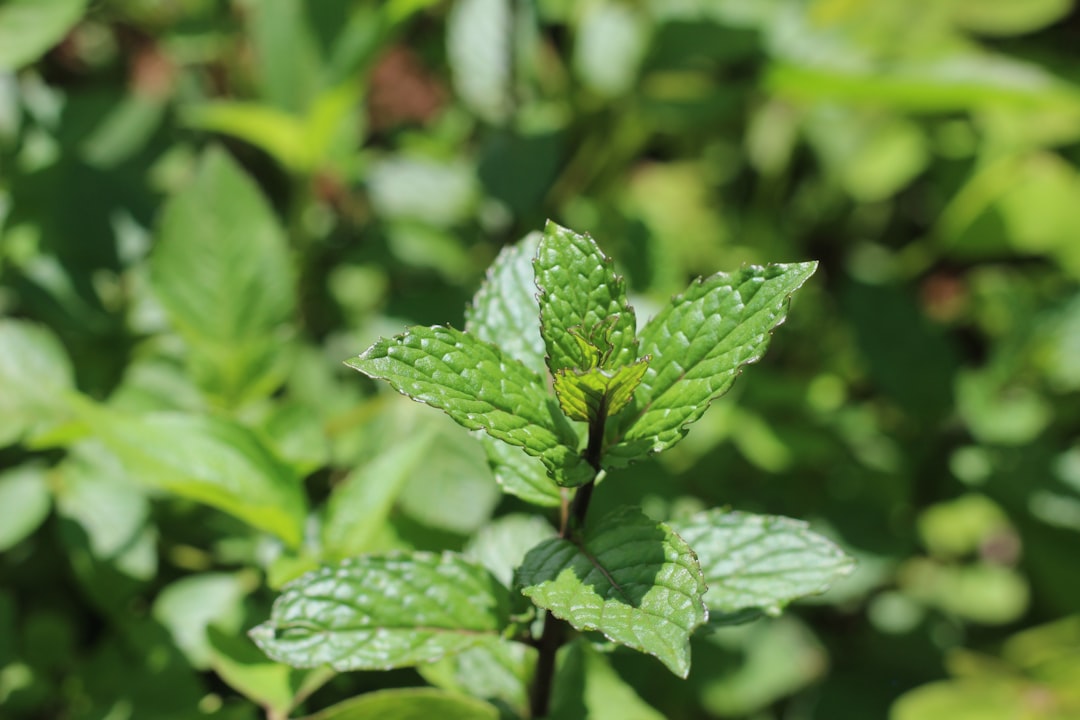What is it about?
Chlorine is widely used as a sanitizer due to its high reactivity with many pathogens. However, food and other biological components may also react and consume chlorine, preventing it from reaching its target pathogens. This paper explores a solution to such an issue by using "biobased particles" made from Baker's yeasts. These yeast particles, when used as carriers to deliver chlorine, can prevent unwanted chlorine reactions with food debris or other organic matter protecting pathogens (i.e., biofilm matrix). In addition, yeasts naturally provide binding affinity to pathogens, so-called "targeted delivery". To this end, this paper builds mathematical models that translate such chlorine delivery systems, both conventional and targeted ways, into quantitative language so that we can better understand the mechanisms behind the targeted delivery effects of yeast microparticles.
Featured Image

Photo by Kelly Sikkema on Unsplash
Why is it important?
Chlorine is often overused in food, biomedical, and environmental sectors due to its limited efficiency in the presence of food and biological components. This could not only lead to the waste of chemicals but also environmental harm and worker safety issues. Here, we improve the formulation of chlorine to reach target pathogens better--via targeted delivery using biobased particles. Together with its companion paper (i.e., Part II), we present an example of such targeted delivery systems as well as a modeling framework to guide the rational design of experimental plans for discovering bio-carriers to improve antimicrobial efficiency.
Read the Original
This page is a summary of: Modeling bioaffinity‐based targeted delivery of antimicrobials to
Escherichia coli
biofilms using yeast microparticles. Part I: Model development and numerical simulation, Biotechnology and Bioengineering, October 2021, Wiley,
DOI: 10.1002/bit.27971.
You can read the full text:
Resources
Contributors
The following have contributed to this page










